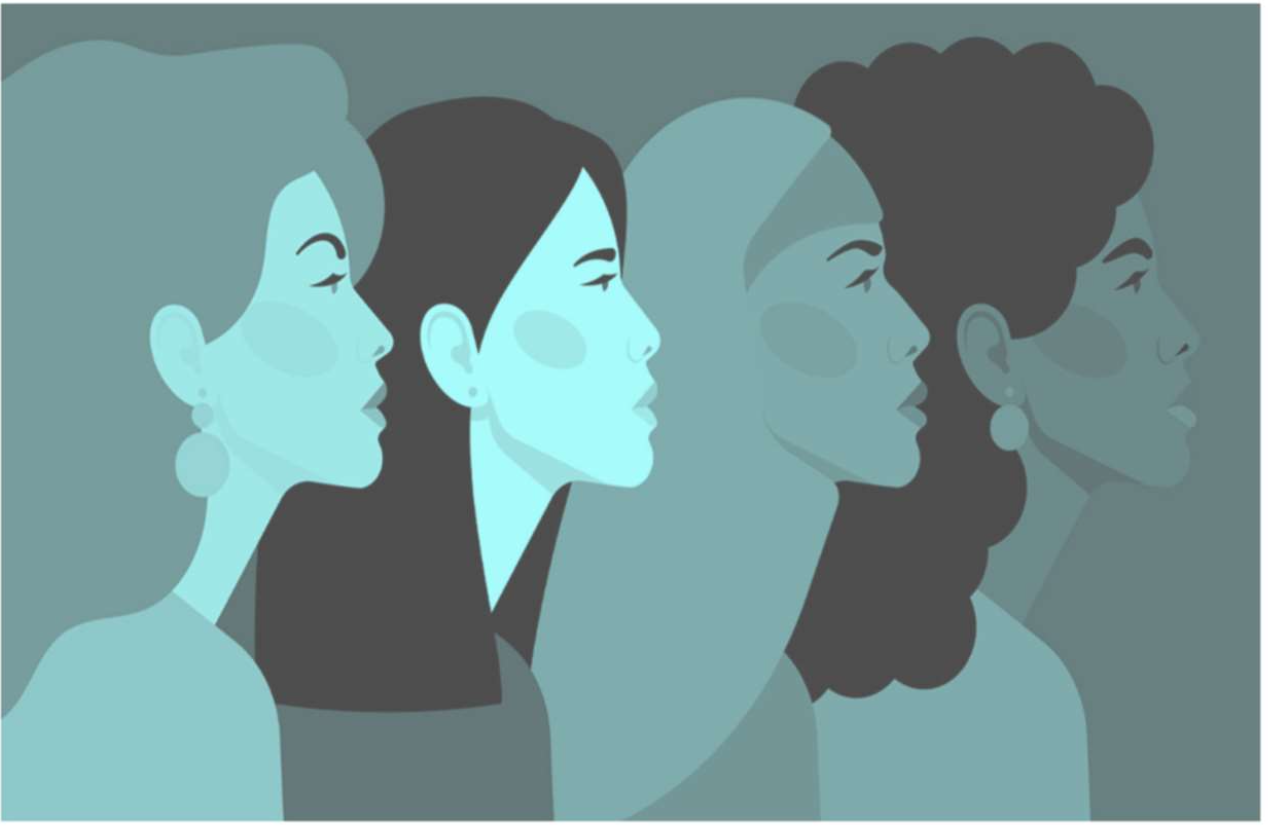FOR IMMEDIATE RELEASE
September 21, 2022
Contact: Carolina Espinoza | espinoza@iwpr.org | 202.683.6828
Statement from C. Nicole Mason, President and CEO of the Institute for Women’s Policy Research
Washington, DC – Today, September 21st, marks how long Black women in the U.S. must work into the new year to earn what White men earned the previous year. It is estimated that Black women lose more than $1 million in earnings to the pay gap over their careers.
While the pay gap—this difference in earnings between men and women—has been at the top of the women’s equality agenda for decades, between 1960 and now, the gap has only narrowed by about 20 cents. In fact, it is estimated it will take close to another 40 years, until 2059, for men and women to reach pay parity, on average. For Black women, it will take more than a century.
Pay inequity for Black women is found in every state. In fact, in more than three-quarters of U.S. states, Black women earned less than 60 cents on the dollar compared to White, non-Hispanic men.
The states with the largest wage gaps for Black women include Utah, the District of Columbia, and Louisiana. To learn more about the pay gaps for Black women by state, click here for our interactive state map.
While the pandemic has been officially declared over by President Biden, there is still much work to do to ensure an equal and equitable recovery for everyone, including those hit hardest by job and economic loss over the last two years. We can start by ensuring the systemic barriers to pay equality for Black women are adequately addressed. These barriers include the concentration of Black women in lower-wage jobs; gender and racial stereotypes in the workplace and in society; and pay secrecy.
We must and can do more to accelerate the closing of the pay gap. Black women can’t afford another 100 years of unequal pay.



